Motherboard-aizeronix
This project focuses on the design and development of a custom motherboard using a rk3588. The goal is to create a compact, high-performance solution tailored for embedded systems and other specialized applications. The motherboard will feature a variety of interfaces for connectivity, expansion, and power management, all while leveraging Rockchip’s powerful processor architecture.
Created by
![]() Jayadeep
Jayadeep
Tier 1
7 views
0 followers
Timeline
![]() Jay 🚀
rejected Motherboard-aizeronix ago
Jay 🚀
rejected Motherboard-aizeronix ago
This is your last warning. You have already submitted this and been permanently rejected. " Hello! You've failed to listen to reviewer feedback so I'm going to have to permanently reject this! Remember to design everything yourself, you're not allowed to steal other people's designs, and you need to journal in-depth about your projects!"
![]() Jayadeep
submitted Motherboard-aizeronix for review ago
Jayadeep
submitted Motherboard-aizeronix for review ago
![]() Jayadeep
added to the journal ago
Jayadeep
added to the journal ago
Laptop Motherboard - aizeronix
[motherboard]

Introduction
This project started because I wanted a motherboard that didn’t exist—something compact, powerful, and completely built around the RK3588. I’d seen development boards using this chip, but I wanted to understand the entire process of designing my own board from scratch.
I knew it wouldn’t be easy (and it wasn’t), but this journal captures how I built the project, the steps I took, and the challenges I ran into along the way.
How I Built the Project
- Learning the RK3588 and Defining What I Wanted
Before touching any design software, I spent a lot of time reading the RK3588 documentation. Not just skimming—really digging into:
What power rails it needs
How many layers the PCB would likely require
Memory interfaces
High-speed signal rules (PCIe, USB 3.0, HDMI, etc.)
Once I had a decent understanding, I created a simple list of features I wanted my motherboard to have:
RK3588 SoC
LPDDR4x RAM
M.2 slot for NVMe storage
USB 3.0 ports
HDMI output
Ethernet
Reliable power delivery with room for thermal dissipation
This list gave me direction so I didn’t design blindly.
- Creating the Schematic (The Big Brain of the Board)
The schematic phase was the most mentally demanding part. Using KiCad, I slowly pieced together:
Power regulation circuits
DRAM connections (this part required extreme attention to detail)
USB, HDMI, Ethernet, and PCIe blocks
Clocks and oscillators
All the required supporting resistors, capacitors, and inductors
I constantly bounced between KiCad and the RK3588 datasheet, double-checking I hadn’t missed a requirement.
One of the trickiest parts was ensuring the power rails were correct. The RK3588 uses several different voltages, and some rails require very low noise. Designing a stable power tree took more time than expected.
- Starting the PCB Layout (Where the Board Became Real)
Moving from schematic to PCB layout felt like going from planning to building the house.
I began with the RK3588 footprint in the center. It’s a massive BGA with a huge number of balls, so the breakout itself was a small project.
Some challenges I faced during layout:
Routing high-speed signals without skew
Getting the DDR lanes length-matched
Ensuring all power planes were solid and continuous
Keeping noisy power sections away from sensitive ones
Making room for the M.2 slot and ports without causing routing nightmares
Every time I thought I was done, I would realize something needed to be moved or rerouted.
It was like solving a puzzle that changed shape every time you touched it.
- Thermal and Electrical Considerations
Because the RK3588 can run hot, I needed to think seriously about cooling.
I added:
Thermal vias under the SoC
Room for a heatsink or a small fan
Wider copper pours for power traces to reduce heat buildup
On the electrical side, I simulated a few critical traces to check for potential signal issues. It wasn’t perfect, but it gave me confidence the board wouldn't fail immediately.
- Ordering the Prototype
When the board layout finally looked right (or right enough), I generated the Gerber files and sent them to a PCB manufacturer.
While waiting for the boards, I ordered all the components. Seeing boxes of tiny parts arrive made the project feel very real.
When the PCB finally arrived, holding it in my hands felt surreal—like I had built something that should only come from a real hardware company.
- Assembly and First Power-On
Assembly was nerve-wracking. The RK3588 is a huge BGA, so I used a reflow hot plate. Watching the solder paste melt and hoping everything aligned felt like defusing a bomb.
Before powering it up, I checked every power rail with a multimeter.
The first power-on didn’t work.
Nothing exploded (good), but nothing booted (not ideal).
After several hours of probing the board, I found one power rail wasn’t actually reaching the SoC. A single trace error. Fixing it felt like performing surgery, but afterward…
The board powered on.
Seeing that first boot log made the whole project worth it.
- Debugging and Getting Everything Working
Even after it powered on, a few things didn’t work:
HDMI had signal issues
One USB port wasn’t recognized
Ethernet was unstable
Each problem taught me something new about signal routing and grounding. Bit by bit, I patched issues until everything behaved as expected.
- Finalizing and Documenting the Design
Once the prototype was stable, I cleaned up:
The PCB layout
The component list
The routing around sensitive lanes

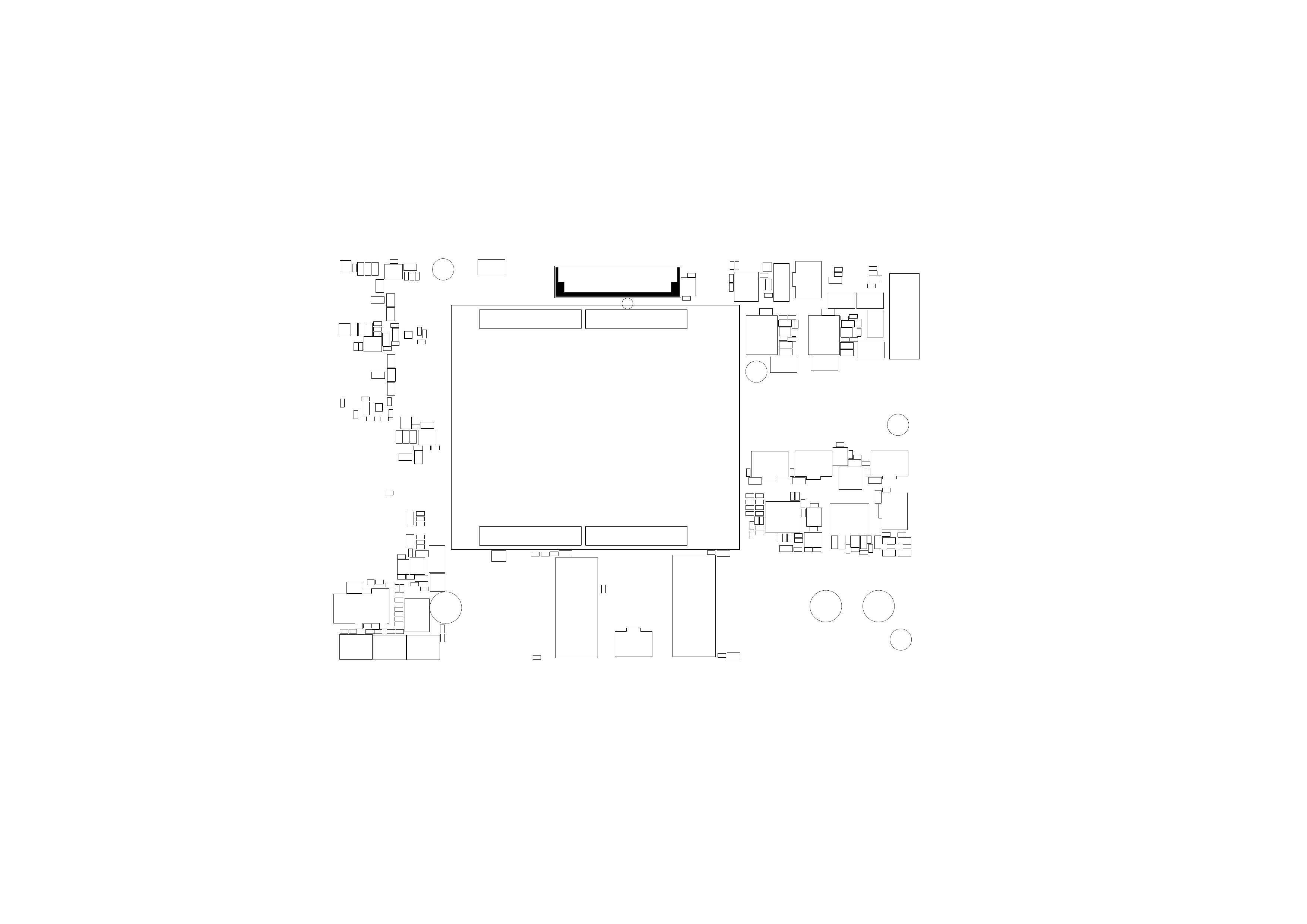







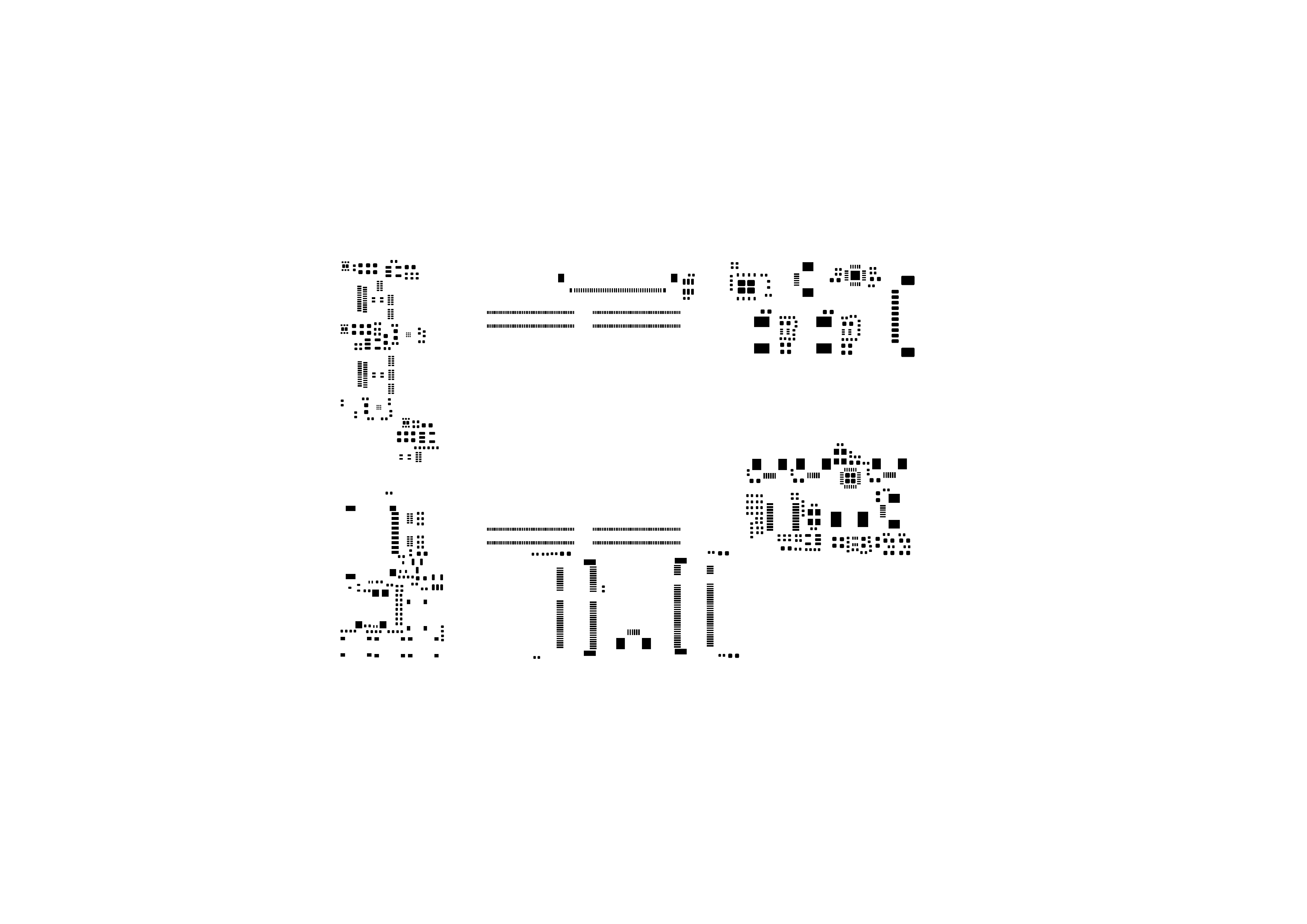

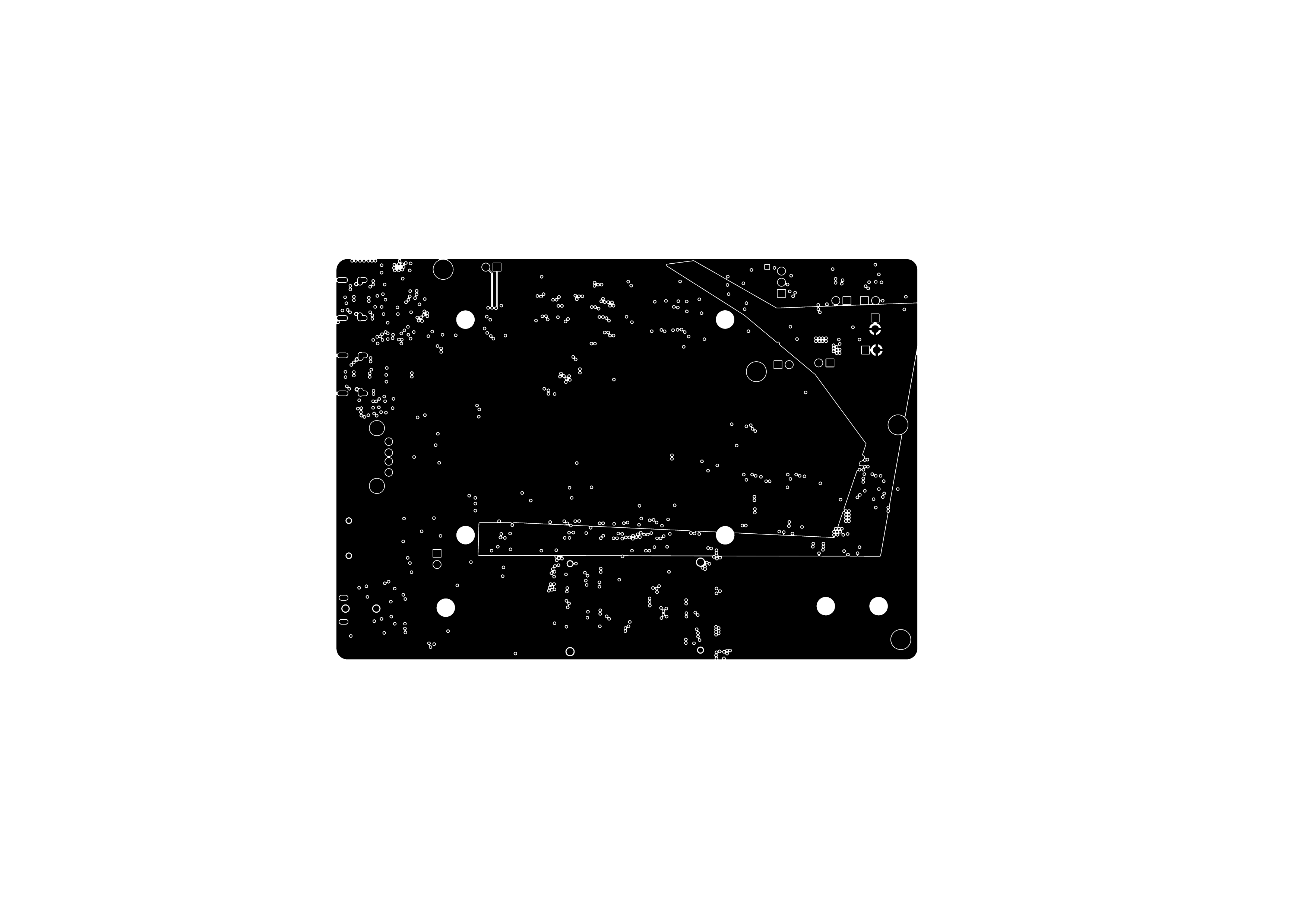
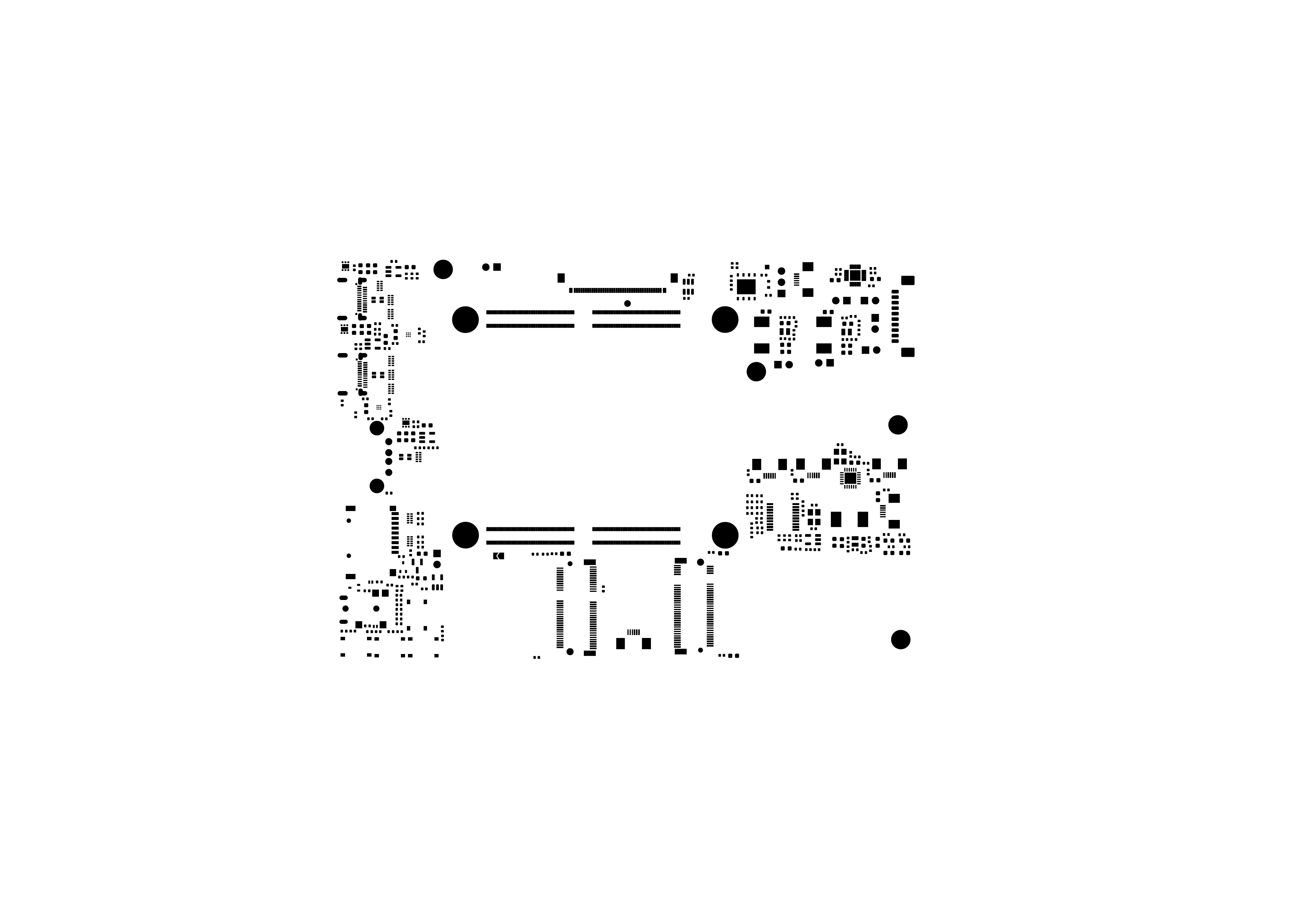


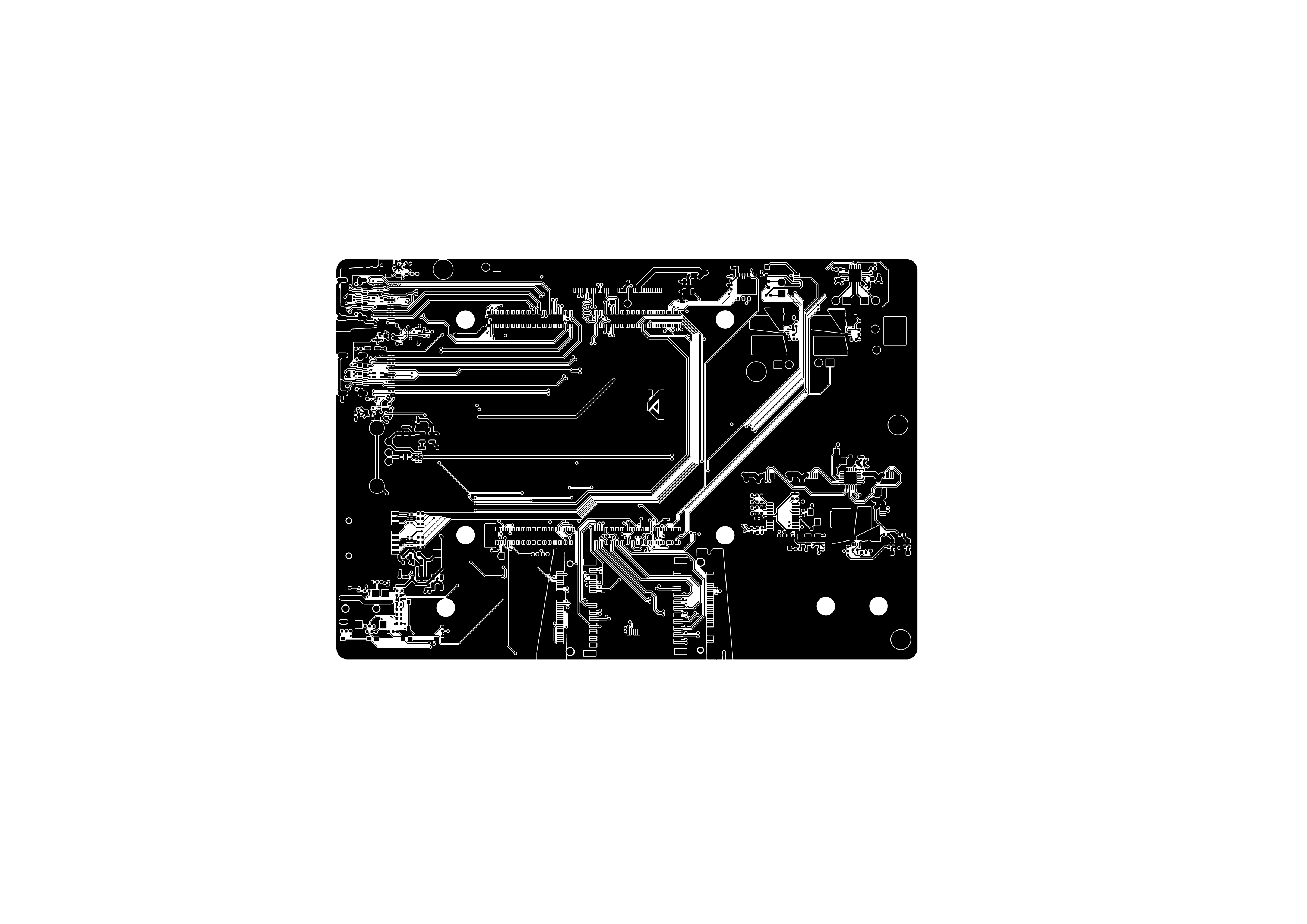


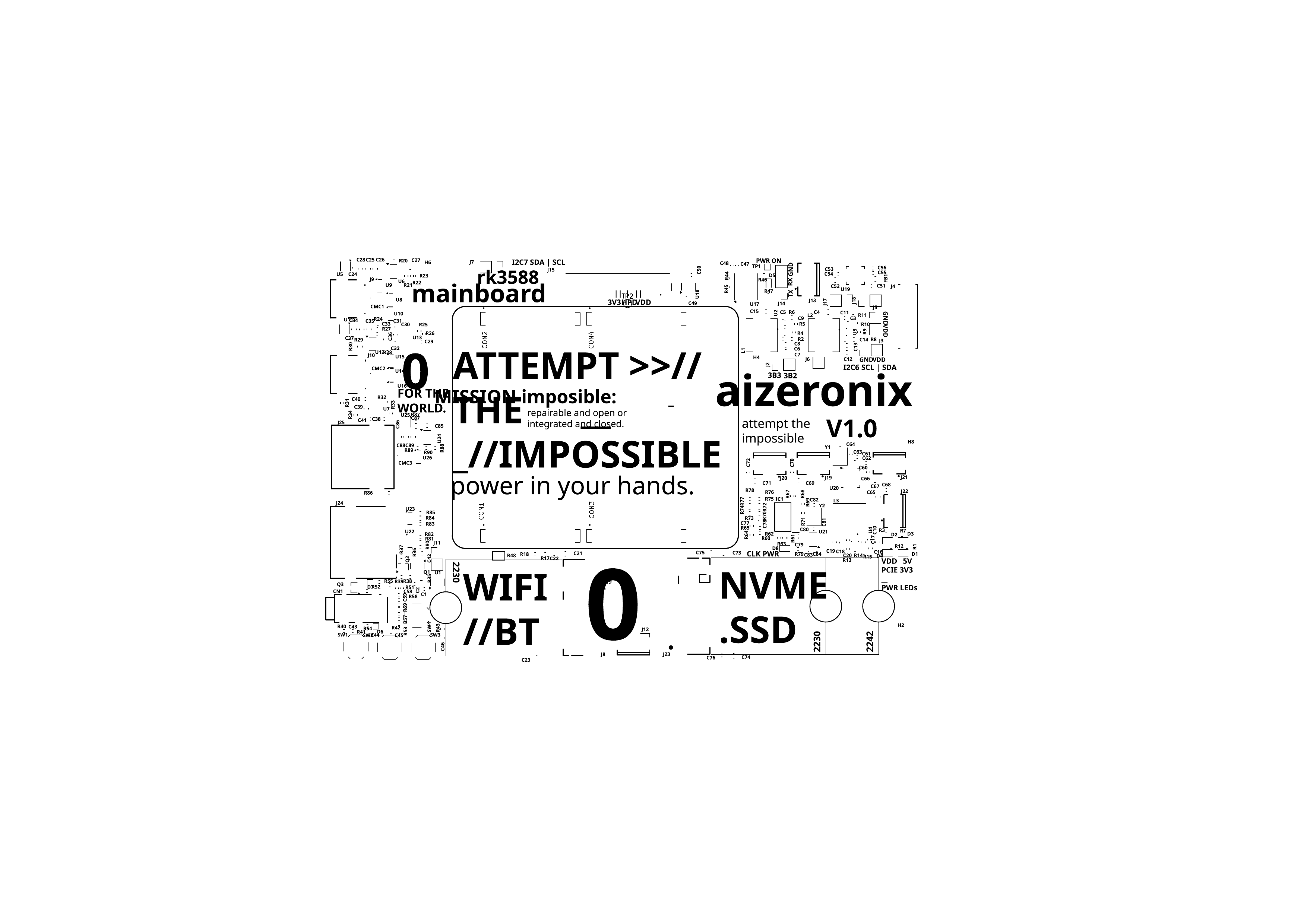



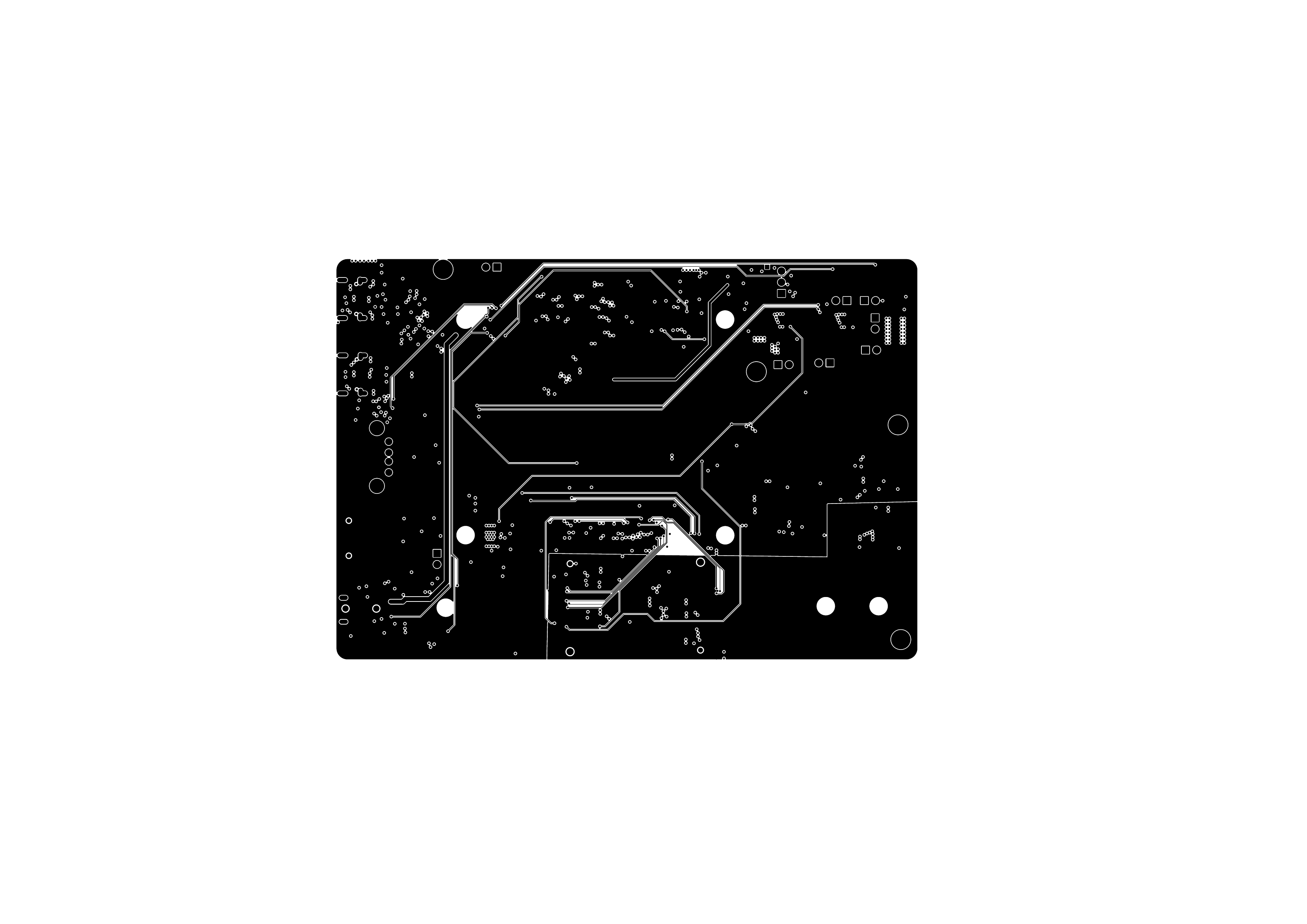

![]() Jayadeep
started Motherboard-aizeronix ago
Jayadeep
started Motherboard-aizeronix ago